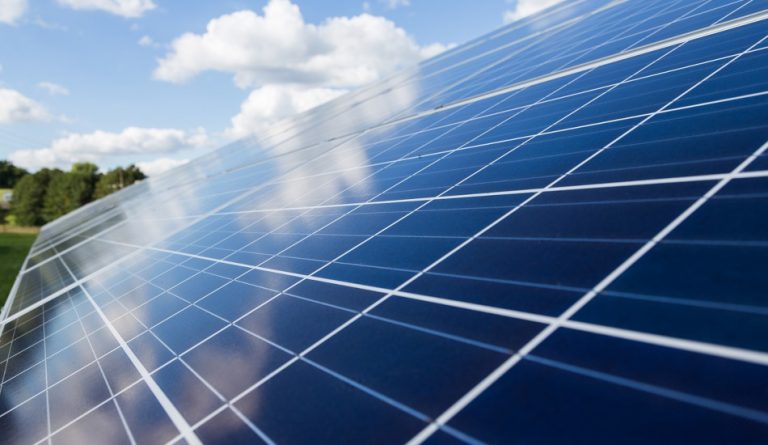The world is trying to rid itself of polluting fossil fuels and many countries have set deadlines for switching to green and renewable energy sources. India is also among these countries and it has been implementing several green energy projects in recent times to meet its energy target.
A major milestone has just been achieved that puts India among the frontrunners for switching to green energy sources. The country has achieved the ambitious target of generating 40 percent of its energy using non-fossil fuel 9 years ahead of the pre-set deadline.
The Ministry of New and Renewable Energy made an official statement saying: “At COP 21, as part of its Nationally Determined Contributions (NDCs), India had committed to achieving 40 percent of its installed electricity capacity from non-fossil energy sources by 2030. The country has achieved this target in November 2021 itself.”
As of now, India’s functional renewable energy capacity is 150.05 GW and the nuclear energy-based capacity stands at 6.78 GW. So the combined non-fossil fuel power generation capacity is more than 40 percent of the total power generation capacity.

The Ministry of New and Renewable Energy also emphasized how India has raced ahead of prominent nations in its commitment to reducing its carbon footprint. It produces far less carbon dioxide emissions than countries like China and the U.S., for example.
India has another impending energy target when it comes to making the shift to renewable energy. By 2022, it aims to take the target to 175 GW, divided between sources like biomass, wind, solar, and hydel energy.
While the news of achieving its energy target of shifting to greener energy sources early seems like very good news, experts think the road ahead is still bumpy. So far, the government has relied on coal for much of its electricity needs. Despite the traction gained by the renewable energy production sector, discarding coal altogether is not possible, at least not in the near future.
India’s energy target for phasing out all coal is 2030 or 2040
IEEFA’s energy economist Vibhuti Garg told CBS News: “The coal retirement is not happening at a fast pace given that the overall demand is huge. India, being a big country with a total coal capacity of more than 200 gigawatts (GW), does not have the luxury to announce that it will phase out all coal by 2030 or 2040.”

Back in 2015, during the making of the Paris climate agreement, the Indian government said it would step up energy generation from clean sources to 40 percent by 2030. Now, the government wants to step up green energy production to at least 60 percent of total capacity by 2030. The focus on enhancing solar power capacity is evident.
One roadblock the country faces along its green energy route is the transmission and storage of renewable energy. As the country enhances renewable power generation, proper storage of the technology will be a hurdle. The good thing is technological progress may alleviate that issue.
For boosting solar energy generation capacity, space crunch may be an issue. Empty land in India is becoming scarce with time, which is a prerequisite for generating ample solar energy.
According to IEEFA estimates, to reach the ambitious energy target of zero carbon emission by 2050, India will need over 20,000 square miles of land for solar energy generation. For wind energy, the land required is around 7,700 square miles.
Follow us on Twitter, Facebook, or Pinterest

